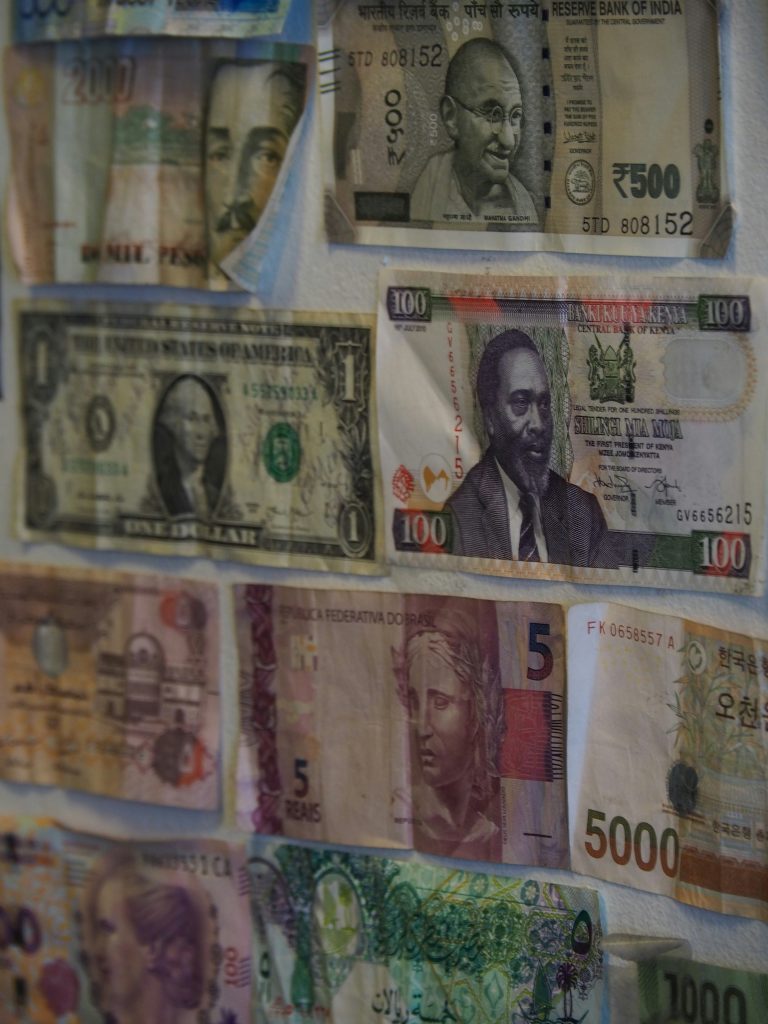Decoding Central Bank Digital Currencies (CBDCs): What They Mean for You
2 What is a CBDC, Really?
A CBDC is a digital version of a country’s official currency, issued and backed directly by its central bank.
Think of it like digital cash:
1 It has the same value as your regular paper currency.
2 But instead of printing bills, the central bank issues digital tokens or balances.
3 You can use it via apps, cards, or digital wallets—just like mobile payments today.
Key difference from crypto? CBDCs are centralized and regulated, unlike decentralized coins like Bitcoin.
3 Why Are Governments Launching CBDCs?
Governments see CBDCs as a way to:
1 Modernize payment systems: Faster, cheaper transactions—even across borders.
2 Improve financial inclusion: Easier access for people without bank accounts.
3 Enhance monetary control: Central banks can better manage interest rates, inflation, and money supply.
4 Reduce reliance on cash: Especially post-pandemic, when digital became king.
As of 2025, countries like China (e-CNY), the EU (Digital Euro), Nigeria (eNaira), and India (Digital Rupee) already have live or pilot CBDCs.

4 What This Means for You
1 Faster Payments
CBDCs could make sending money instant, 24/7, and with fewer fees—no need for Venmo, PayPal, or SWIFT intermediaries.
2 Safer Money
Because CBDCs are backed by central banks, they’re considered safer than crypto and even more stable than commercial bank deposits in some cases.
3 More Financial Access
With a smartphone and a digital ID, people in remote or underserved areas can access basic financial services—no bank branch needed.
4 Less Privacy
Unlike cash, digital currencies leave a trail. While governments promise safeguards, CBDCs could enable closer tracking of financial behavior—raising concerns about surveillance.

5 Tech Dependence
CBDCs require digital infrastructure. If you’re offline, or if the tech breaks, access could be limited. Some systems are now working on offline payment modes to fix this.
6 Impact on Banks
If more people hold CBDCs directly, banks might lose deposits, affecting how they lend money. Some countries are designing “two-tier” systems where banks still play a role in distribution
The Bottom Line
CBDCs could redefine how we pay, save, and move money. They bring speed and efficiency—but also questions about privacy, control, and trust.






